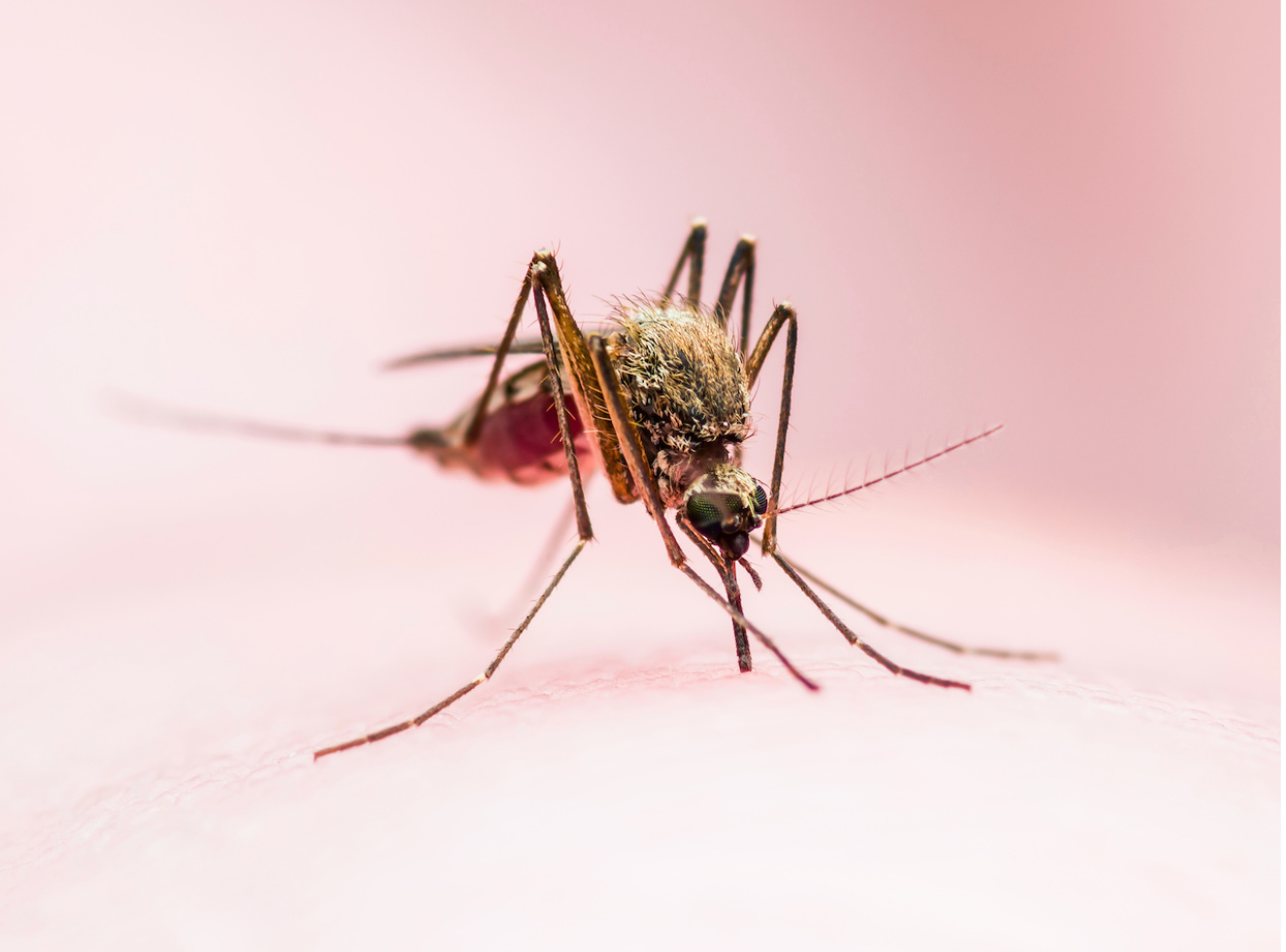Article
Pharmacy Clinical Pearl of the Day: Dengue Fever
Author(s):
Mild dengue fever causes a high fever and flu-like symptoms.
Clinical Pearl of the Day: Dengue Fever
Dengue fever is a mosquito-borne illness that occurs in tropical and subtropical areas of the world.

Insight:
- Mild dengue fever causes a high fever and flu-like symptoms.
- The severe form of dengue fever, also called dengue hemorrhagic fever, can cause serious bleeding, a sudden drop in blood pressure (shock), and death.
- Millions of cases of dengue infection occur worldwide each year.
- Dengue fever is most common in Southeast Asia, the western Pacific islands, Latin America, and Africa. However, the disease has been spreading to new areas, including local outbreaks in Europe and southern parts of the United States.
- Symptoms include headache, muscle/bone/joint pain, nausea, vomiting, pain behind the eyes, swollen glands, and rash.
- Dengue fever is caused by any 1 of 4 types of dengue viruses. You can't get dengue fever from being around an infected person. Instead, dengue fever is spread through mosquito bites.
- There is no specific treatment for dengue fever. Drink plenty of fluids, look for signs of dehydration to report to the provider. OTC Tylenol can reduce the pain or the fever. Intravenous fluids, electrolyte replacement, and transfusion of blood loss may be also recommended by the treating provider.
Sources:





